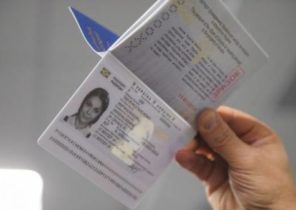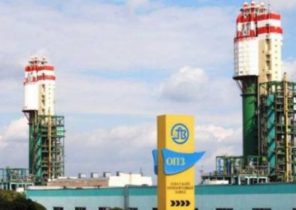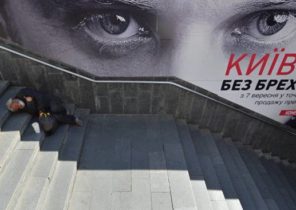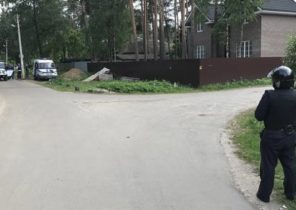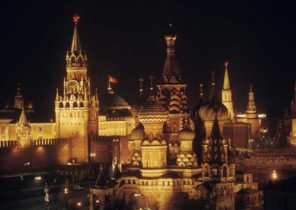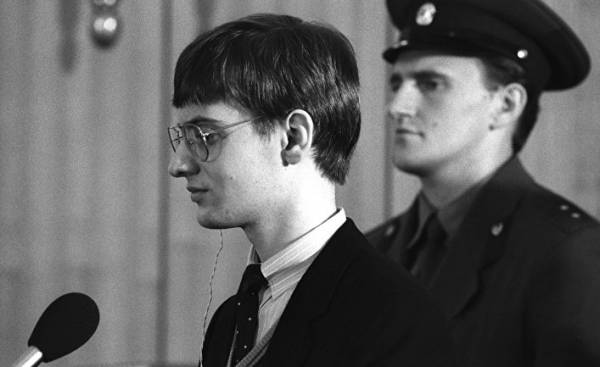
Moscow, 28 may 1987, about 18 hours. In the airspace over the Kremlin appears single-engine plane and makes some circles over red square. It was a Thursday, and on red square was full of people. Then after about 20 minutes the plane landed at Moscow’s Bolshoi Moskvoretsky bridge near St. Basil’s Cathedral with its famous dome. From the plane — we are talking about an American plane type Cessna 172 P with German insignia — getting out of the 18-year-old young man (in three days he had turned 19). In a good mood he talks to passers-by. Merry policemen allow him to do it. Only two hours later appear, the employees of the Soviet secret service and taken away the young man. Is Mathias rust (Mathias Rust) from Wedel near Hamburg.
Photos of the plane on the red square and the British film witness differ around the world. Just on the “border guards Day”, which since 1918, is celebrated in the Soviet Union and in Russia today, may 28, the Western pilot-the fan who had just passed on the right of the pilot, it is possible in the context of the cold war free to fly 700 kilometers over Soviet territory. Only four years before modern jet aircraft, Korean Air Lines with 269 passengers on Board was shot down by Soviet fighter after it strayed off course and flew over Sakhalin.
What Mathias rust on his plane provoked a state crisis made him a hero in the eyes of many Russians. And not only Russian. From the point of view of the pilots, flight rust is still considered a masterful achievement.
Rust chartered a Cessna in flight sports Association at the airport Hamburg-Fuhlsbüttel, stating the desire in the next two weeks to fly around the North sea. During the intermediate landing in Uetersen, he built the rear seat and in the middle of may went to the Faroe Islands and from there to Iceland. The next stops were the airports in Norway and Finland.
In his historic flight rust, which his teacher flight business was described as a man who carefully pondered and did not like to risk, went from Malmi in Helsinki. At low altitude he flew over the Soviet border near Leningrad (now St. Petersburg) and followed to Moscow directly along a straight railway line. For some time he was accompanied by two MiG fighters, but then fell behind.
The biggest problem was landing in Moscow. City map, which rust had taken with him were not suitable for orientation over the city with millions of inhabitants. In the end, he still found the Kremlin and Red square, but it proved unsuitable for planting because of the numerous passers-by. Only the bridge to the East of the Kremlin, which at that time the movement wasn’t so tight, went for a touchdown. The flight lasted five and a half hours.
The fact that he survived this flight, and was the main sensation of the entire enterprise. In flight there were contingencies, breakdowns, incidents and laxity in work. Therefore, the pilot of the Cessna late reported on flight above Estonia. Responsible for the operation of radar stations decided to allow him to fly farther. Then the plane of the rust was taken for a natural phenomenon. Besides, shortly before this route crashed military plane, many rescuers were still engaged in clean-up. Maybe his role is played and the festive mood of the guards.
In any case, the flight of the rust came in very handy Mikhail Gorbachev, who has two years stood at the head of the Soviet Union as General Secretary of the Communist party. Shortly before he during a meeting in East Berlin explained to colleagues in the Warsaw Pact the concept of glasnost and perestroika. Gorbachev immediately took advantage of the mistake of the military to dismiss the many opponents of its policy.
Several hundred senior military officers have lost their jobs. The main losers were defense Minister Sergei Sokolov. Similar “purge” in the ranks of the military took place only under Joseph Stalin in the thirties, wrote the observers. However, dismissal under Gorbachev was not finished with shots to the head, as during the Great purge under Stalin.
“If I knew what the end result would be, I would not do such a thing” — such testimony was given later in the Protocol Mathias rust. Russian Newspapers still view all of this differently. It is alleged that it was a spy mission. Some thought that the intrigue surrounding Gorbachev against the rebellious party cadres. “Of course, he put the Soviet Army and the state in a ridiculous situation,” says writer Vladimir Kaminer (“Russendisko”). Kaminer at the time he served in the Soviet missile troops and very close came across this flight, when rust reached Moscow through all lines of defense. For Kaminker and many Russian rust is still a hero.
Sam rust called his flying peace mission: “first, I wanted this mission to strengthen peace in the world, and, second, my aim was also to contribute with this flight, the mutual understanding between our peoples.” For this, he was on his Cessna drew a symbol of peace. The then foreign Minister of West Germany Hans-Dietrich Genscher, learning about the planting of rust on the red square, I almost “burst of laughter”. Others compare rust with Manfred von Richthofen (Manfred von Richthofen) — “Red Baron”, who was the German ACE pilot during the First world war.
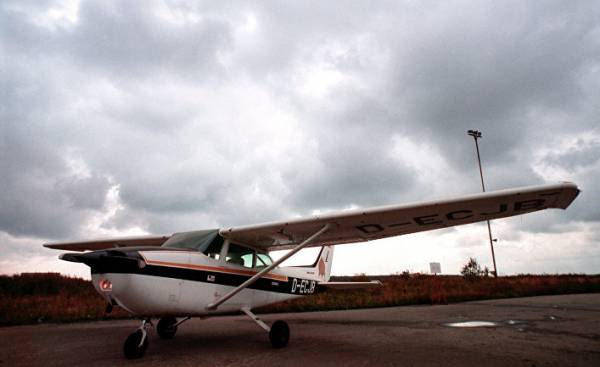 © RIA Novosti, Yury Abramochkin | go to fotosensibile West German pilot M. rust
© RIA Novosti, Yury Abramochkin | go to fotosensibile West German pilot M. rust
Sentence Rust showed that Gorbachev with dignity suffered the shame. For illegally crossing the border and hooliganism rust was sentenced to four years in a penal camp works. However, he spent his detention in a Moscow prison in the summer of 1988 he was pardoned.
The following years were hectic for rust. In Germany, he was several times brought before the court for violations, and later became a successful poker player. There were rumors that he worked for a yoga Studio in Hamburg. They also said that he became a councillor for Finance in Switzerland and Estonia.
Historians call the sensational flight rust a footnote to history. A single-engine Cessna took its place in the Museum. He has several years is part of the exhibition of the German technical Museum in Berlin.
